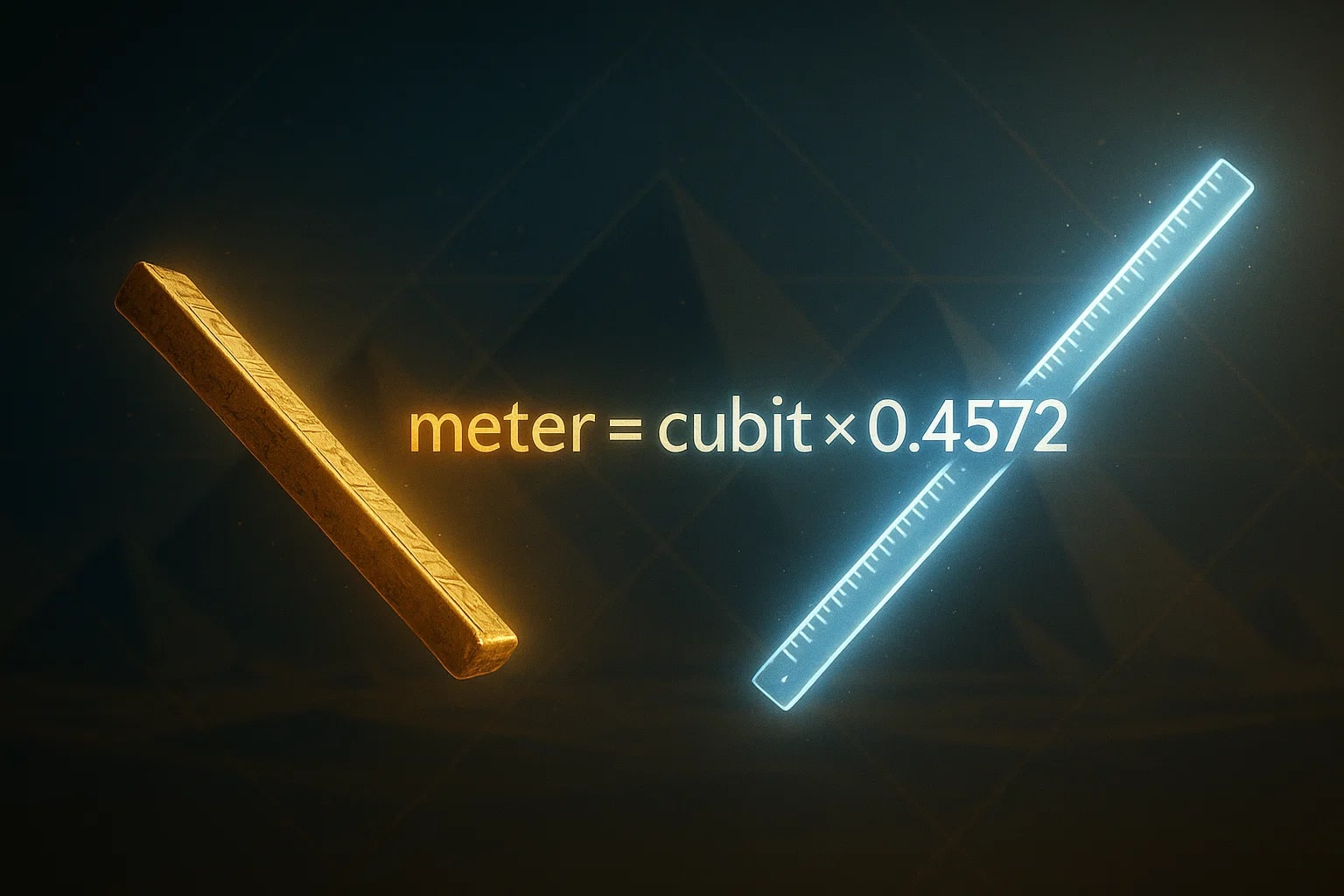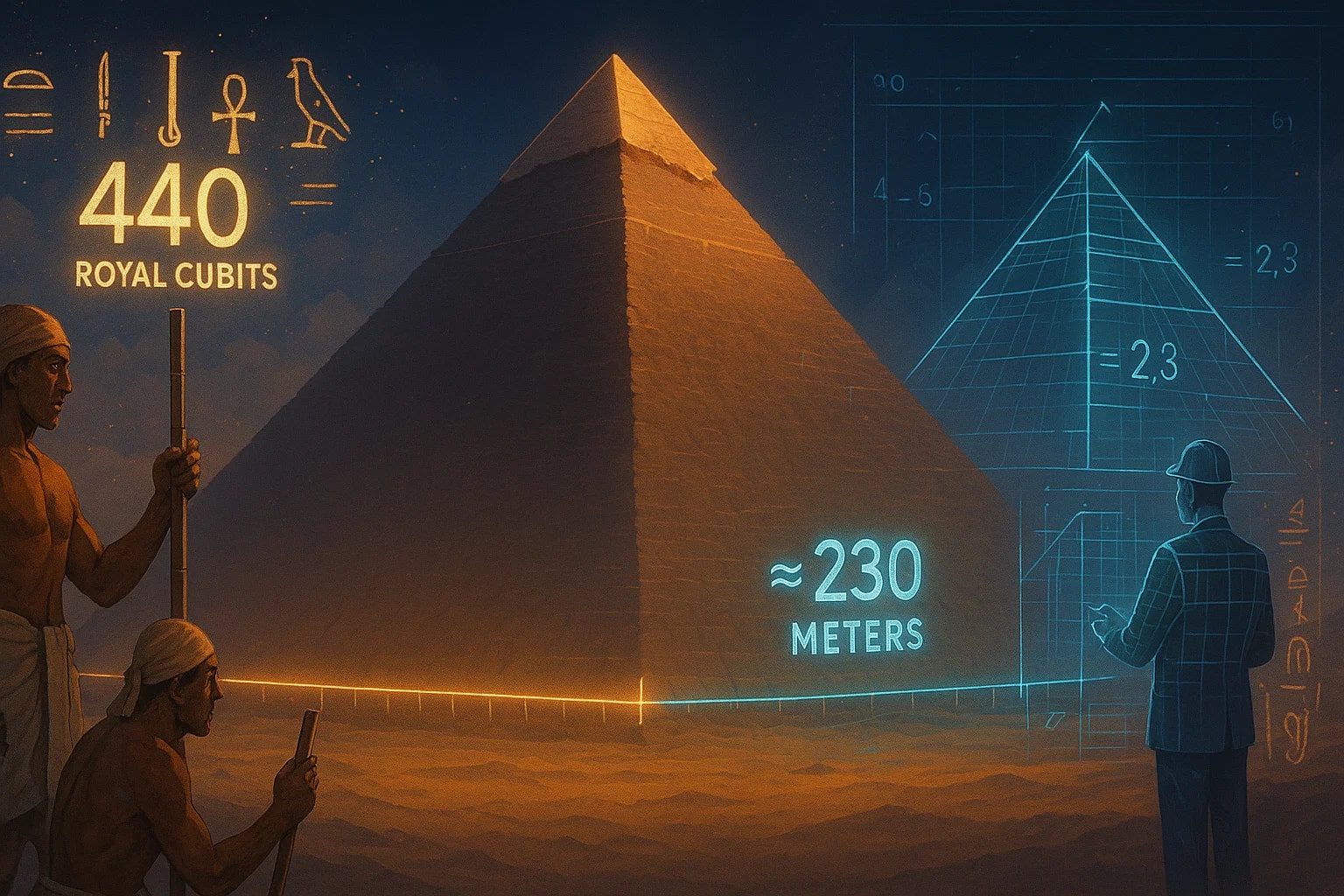cubit to meter – How to convert cubit to m
Converting from cubit to meter connects ancient systems of measurement with today’s scientific standard. The cubit was used for thousands of years in construction and daily life, while the meter is the global SI unit. Learning how to convert cubit to m lets you interpret historical records and compare them to modern dimensions.

What is a Cubit?
A cubit is an ancient unit of length based on the distance from the elbow to the tip of the middle finger. Its length varied between cultures, but the common cubit was about 18 inches or 45.72 centimeters. Some civilizations also used a royal cubit, slightly longer, around 52–53 cm.
What is a Meter (m)?
The meter is the SI base unit of length, equal to the distance light travels in 1/299,792,458 of a second. It is the global standard for science, engineering, and trade, ensuring precision across all fields.
How to Convert cubit to m
The formula is:
meter = cubit × 0.4572
For example, let’s convert 10 cubits into meters:
meter = 10 × 0.4572 = 4.572 m
So, 10 cubits = 4.572 m.
For other conversions, you can try the Length Converter or browse the full Conversion Tools set.
Do you know?
-
The cubit is one of the oldest measurement units, used in Mesopotamia, Egypt, and Israel thousands of years ago.
-
Ancient Egyptians relied on the royal cubit (about 52.3 cm) for pyramid construction. The “cubit rods” made of stone or wood helped standardize measurements.
-
The meter was first introduced in 1793 in France, based on the Earth’s meridian, and later refined to its modern definition tied to the speed of light.
-
References to cubits appear in religious texts such as the Bible, where Noah’s Ark is described as 300 cubits long, about 137 m using the common cubit.
Ancient Architecture in Cubits and Meters
The Great Pyramid of Giza is a prime example of cubit-based construction. Archaeologists discovered that its original base length measured about 440 royal cubits on each side. When converted, that equals roughly 230 meters—an astonishing accuracy for a structure built over 4,500 years ago.
This consistency shows how ancient engineers used the cubit as a reliable tool, much like modern builders rely on the meter. By translating cubits into meters, historians and architects today can better compare ancient monuments with contemporary projects.

From Elbows to Light Speed
The conversion from cubit to meter illustrates how measurement evolved from body-based references to universal scientific constants. Cubits reflect human ingenuity in the ancient world, while meters embody global precision today.
With one simple formula, you can bridge millennia of measurement history—bringing ancient records into modern understanding.

